SUMMARY
This is AI generated summarization, which may have errors. For context, always refer to the full article.
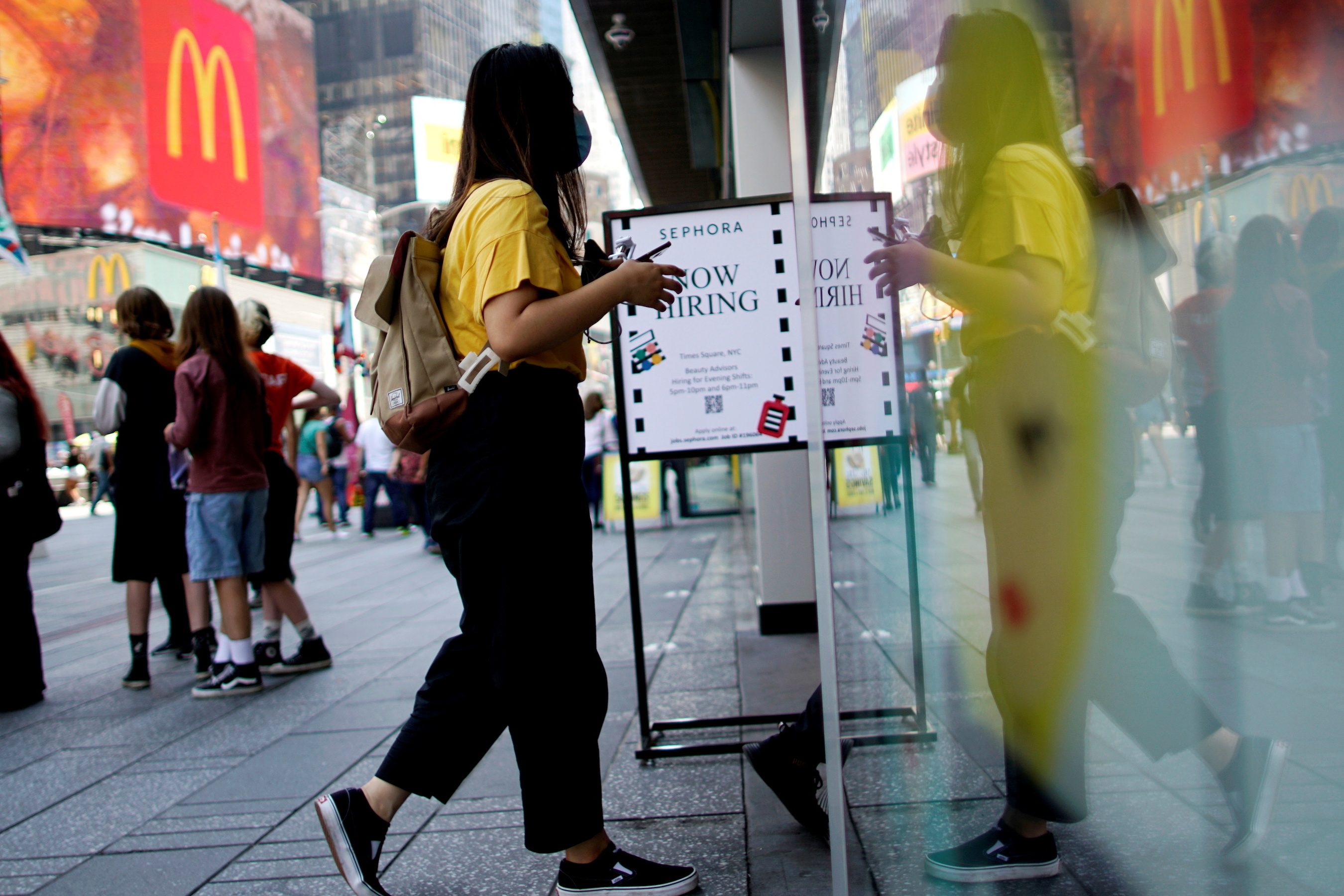
US consumer spending surged in August, but outlays adjusted for inflation were weaker than initially thought in the prior month, reinforcing expectations that economic growth slowed in the third quarter as COVID-19 infections flared up.
The report from the Commerce Department on Friday, October 1, which showed inflation remaining hot in August, raised the risk of consumer spending stalling in the third quarter, even if spending accelerates further in September. Inflation-adjusted, or the so-called real consumer spending is what goes into the calculation of gross domestic product (GDP).
“Third quarter consumer spending is on track for only a scant gain,” said Tim Quinlan, a senior economist at Wells Fargo in Charlotte, North Carolina. “If COVID cases keep falling and sentiment turns positive, there is scope for a more solid finish to this tumultuous year.”
Consumer spending, which accounts for more than two-thirds of US economic activity, rebounded 0.8% in August. Data for July was revised down to show spending dipping 0.1% instead of gaining 0.3% as previously reported.
Consumption was boosted by a 1.2% rise in purchases of goods, reflecting increases in spending on food and household supplies as well as recreational items, which offset a drop in motor vehicle outlays. A global shortage of semiconductors is undercutting the production of automobiles.
Goods spending fell 2.1% in July. Spending on services rose 0.6% in August, supported by housing, utilities, and health care. Services, which account for the bulk of consumer spending, increased 1.1% in July. Spending is shifting back to services from goods, but the resurgence in coronavirus cases, driven by the Delta variant, crimped demand for air travel, hotel accommodation, and sales at restaurants and bars.
Economists polled by Reuters had forecast consumer spending increasing 0.6% in August.
Inflation maintained its upward trend in August, though price pressures have probably peaked. The personal consumption expenditures price index, excluding the volatile food and energy components, climbed 0.3% after increasing by the same margin in July. In the 12 months through August, the so-called core PCE price index increased 3.6%, matching July’s gain.
The core PCE price index is the Federal Reserve‘s preferred inflation measure for its flexible 2% target. The US central bank last week upgraded its core PCE inflation projection for this year to 3.7% from 3% back in June.
The Fed said it would likely begin reducing its monthly bond purchases as soon as November and signaled interest rate increases may follow more quickly than expected. Fed Chair Jerome Powell, who has maintained that high inflation is transitory, told lawmakers on Thursday, September 30, that he anticipated some relief in the months ahead.
Still, inflation could remain high for a while. A survey from the Institute for Supply Management on Friday showed manufacturers experienced longer delays getting raw materials delivered to factories and paid higher prices for inputs in September.
Stocks on Wall Street were higher. The dollar fell against a basket of currencies. US Treasury prices were mixed.
Slowing growth
High inflation is cutting into spending. Real consumer spending rose 0.4% in August following a downwardly revised 0.5% drop in July. With the August and July data in hand, economists predicted that growth in consumer spending would probably brake to around a 1% annualized rate in the third quarter.
Consumer spending grew at a robust 12% rate in the April-June quarter, accounting for much of the economy’s 6.7% growth pace. The level of GDP is now above its peak in the fourth quarter of 2019.
The Atlanta Fed cut its GDP estimate for the quarter to a 2.3% rate from a 3.2% pace. Slower growth was reinforced by a third report from the Commerce Department showing construction spending flat in August.
“Even with the softening growth picture, we continue to expect the Fed to announce the start of tapering at the early November meeting,” said Michael Feroli, chief US economist at JPMorgan in New York.
The economy remains supported by record corporate profits. Households accumulated at least $2.5 trillion in excess savings during the pandemic. Coronavirus infections are trending down, which is already leading to a rise in demand for travel and other high-contact services. Businesses need to replenish depleted inventories, which will keep factories humming.
A fourth report from the University of Michigan showed consumer sentiment ticked higher for the first time in three months in September. But a survey from the Conference Board this week showed consumer confidence dropping to a seven-month low in September.
Though personal income gained only 0.2% in August after rising 1.1% in July as an increase in Child Tax Credit payments from the government was offset by decreases in unemployment insurance checks related to the pandemic, wages are rising as companies compete for scarce workers. Wages rose 0.5% in August, which should help to keep spending supported.
With inflation high, real disposable income dropped 0.3% after increasing 0.7% in July. The saving rate fell to a still-high 9.4% from 10.1% in July.
“Households still have plenty left in the tank given rising employment and wages, soaring net worth, and massive excess savings,” said Sal Guatieri, a senior economist at BMO Capital Markets in Toronto. “However, rising prices are eating into spending power, compounding the ongoing lack of supply.” – Rappler.com
Add a comment
How does this make you feel?


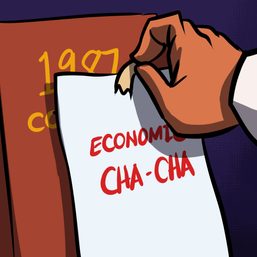


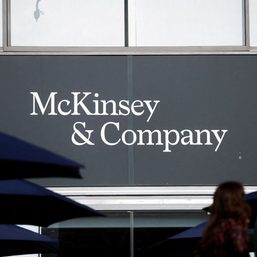


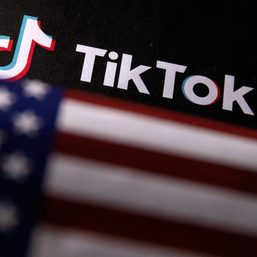
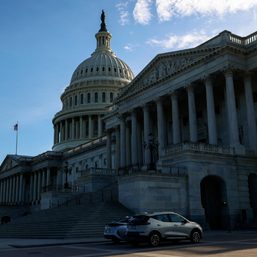
There are no comments yet. Add your comment to start the conversation.